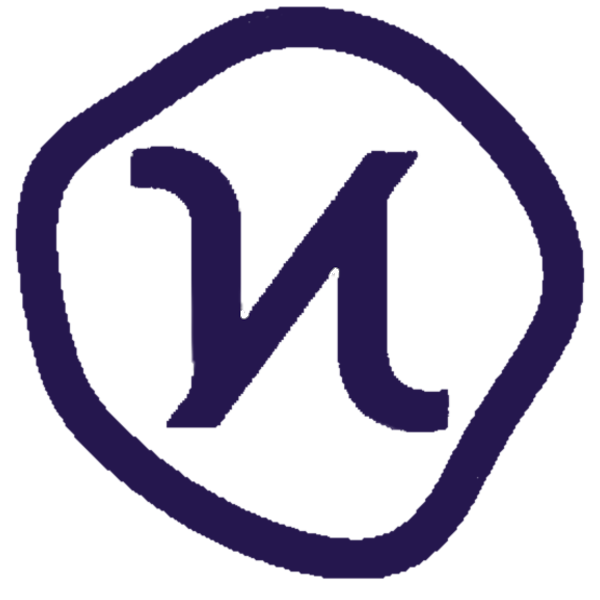What is THE MERGE?
Ethereum is currently preparing to switch from Proof-of-Work to Proof-of-Stake in the next few days. This transition has been called a lot of different things in the past ("Eth 2" probably being the most widespread). But the point is just to reduce electricity requirements and allow for future upgrades that will scale the network to support more transactions.
This is a huge effort for Ethereum because the blockchain wasn't designed with upgrades like this in mind. Up until quite recently, everyone took it for granted that upgrading blockchains requires "hard forks" -- in other words, convincing everyone in the community to upgrade their software independently.
For complex upgrades (like swapping out the consensus algorithm), there have been two main breakthroughs in the past few years:
First, modular blockchains are easier to upgrade. Ethereum used to be one big pile of code called a blockchain. Now, it's two big piles of code called the execution layer and the consensus layer. You can upgrade one without worrying about the other.
Second, hard forks suck. The merge will happen in-band without anyone needing to upgrade their software. There have been hard forks leading up to this point, but now there's no human coordination or error to impact the merge.
These learnings are important. We're seeing ripples of modularity and upgradeability across lots of up and coming blockchain projects. Every chain has a different take on how to implement these features, though. My personal favorite is of course Koinos, and I'll be writing (and podcasting) more frequently about it in the coming months leading up to mainnet launch.
-Luke
P.S. In case you missed the news: the Koinos snapshot will take place on (or after) October 31st! (Mainnet will be at least one month after that--so it will be in December some time, no date yet). If you hold any Koin, be sure to read the snapshot FAQ!
